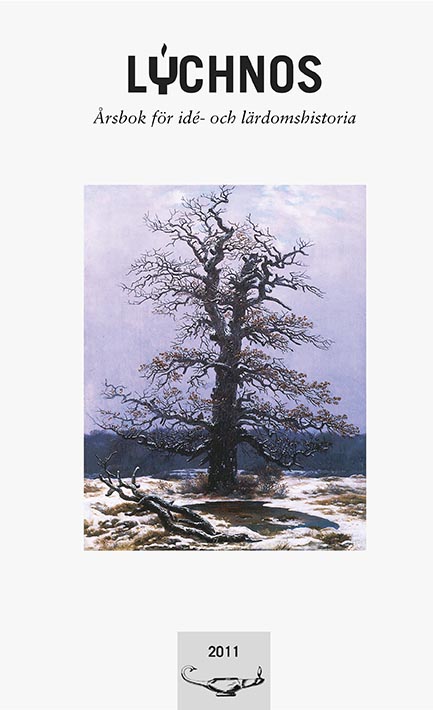Heligt – hotfullt – historiskt
Kulturarvifieringen av det katolska i 1600-talets Sverige
Abstract
This article aims at bringing together two concepts with many similarities, heritage and sacredness, using theories presently under construction in an international and interdisciplinary research field dealing with heritage production, politics and power. Focus here is on the process and the agenda more than the product, and particularly on the transvaluation taking place when something is given heritage status: the form is intact, but the content is new and different. These theories are applied on to a 17th-century Swedish national inquiry for historical remains or ”antiquities”, ordered by the King and performed by the local clergy, an inquiry where not only the expected and specifically requested runic stones, prehistoric graves or famous battle fields were listed, but in many cases also far more recent Catholic items and memories, which were thus transformed from sacred objects to parts of the national heritage. The hypothesis presented and argued for is that this listing and, in fact, heritage production also worked as an act of control and domestication of the potentially dangerous: the threatening, former sacred, was made harmless when – literally or figuratively – locked up in a museum case.
Downloads
Publicerad
Nummer
Sektion
Licens
This work is licensed under a Creative Commons Attribution 4.0 International License. The copyright for the work published in Lychnos remains with the authors.


